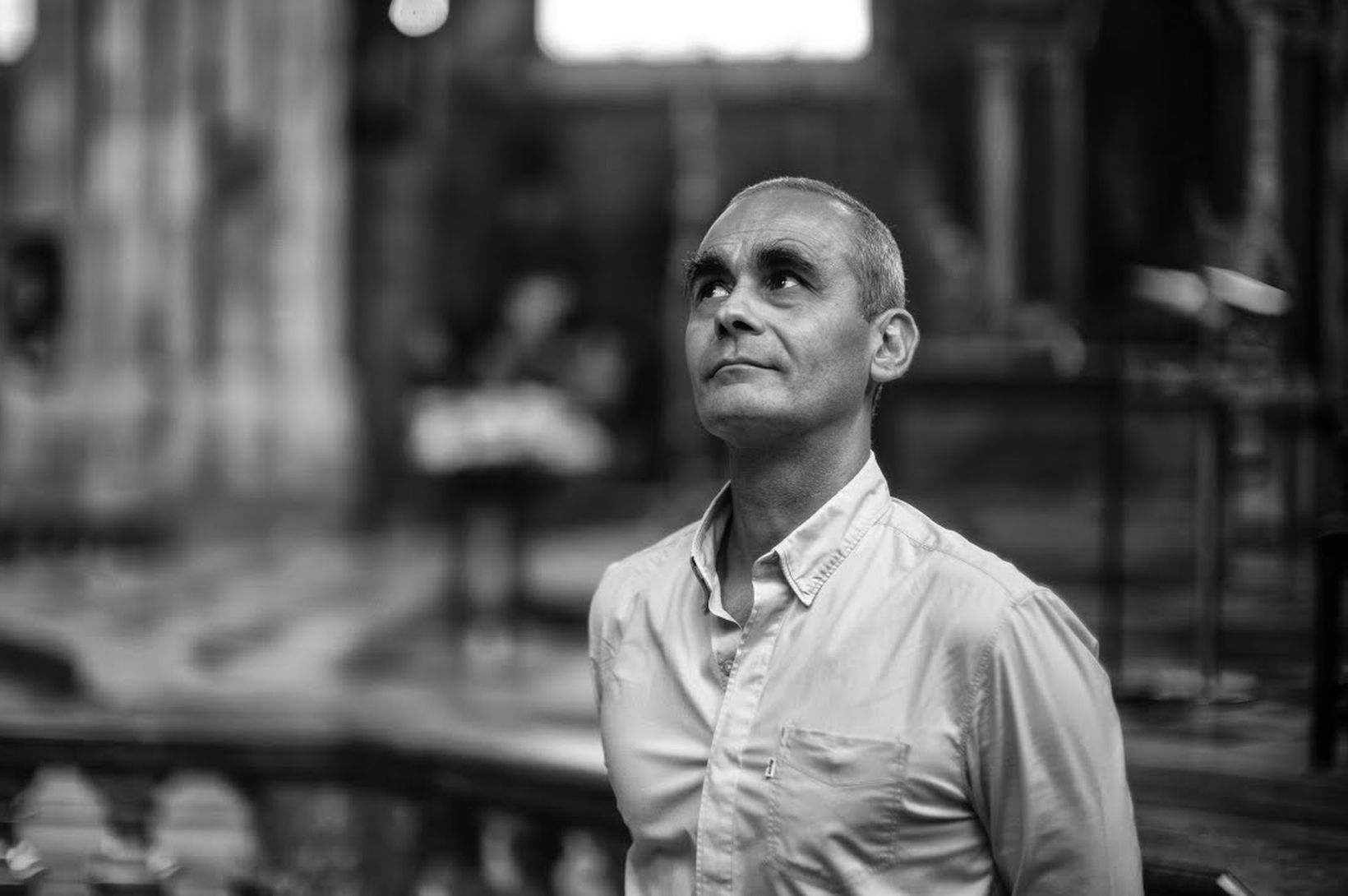CICLO DELL’ASSEDIO
a new project by Giorgio Netti and mdi ensemble
for string quartet
commission by Associazione musicAdesso
The general project
Il “Ciclo dell’assedio” (siege cycle, 2001/8) delves into the different roles that the two violins, the viola and the cello have interpreted in the history-memory of the string quartet.
It is composed of four parts: a quartet, a trio, a violin duo and a solo for cello. It is an extended project, which would like to suggest further musical spaces inside and outside of what it is usually considered music. Each piece progressively breaks down its composition, radicalizing the specificity of the individual parts up to the final solo.
The siege is the area at the bridge, where the acoustic space of the string quartet thickens logarithmically and precipitates: a musical “event horizon” that anticipates the acoustic black hole of daily sound space, the so-called noise. The cycle aims to broaden the possible relationships between these two worlds, in order to be able to practice more internal and personal listening, less conditioned by the usual aesthetic categories.
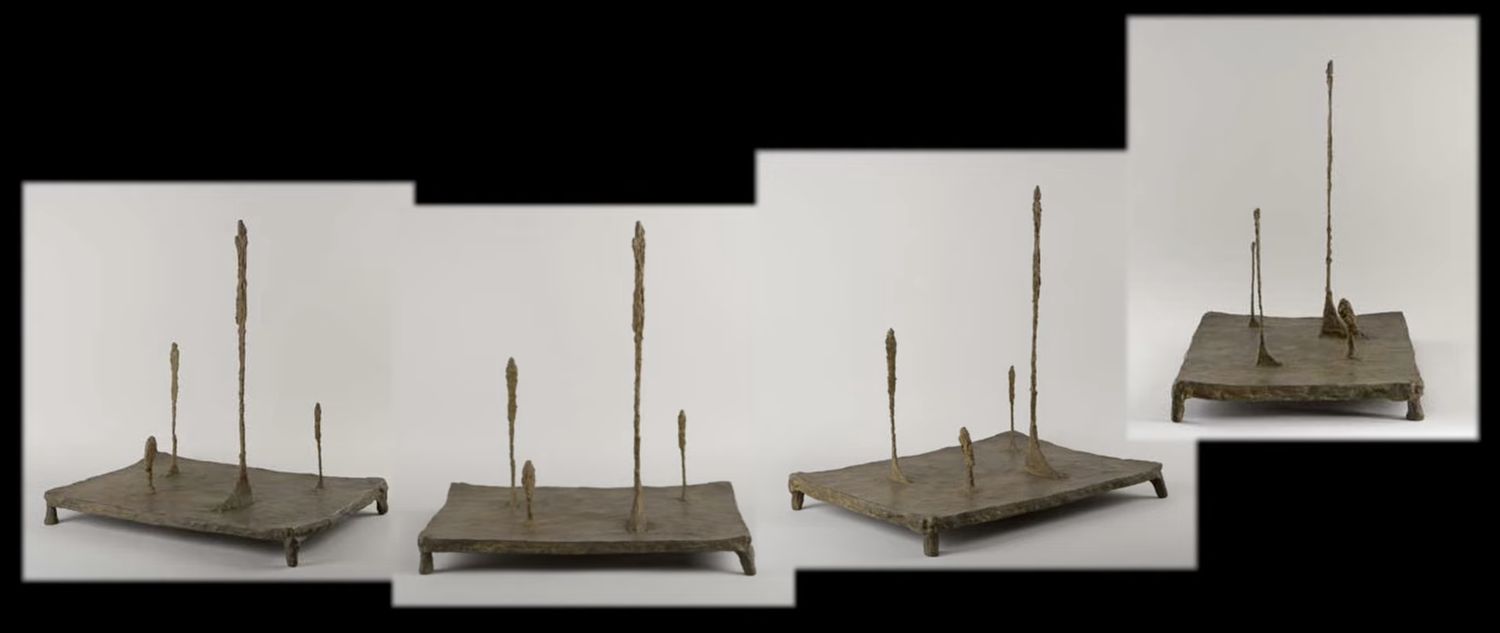
) place (
for string quartet (2001/2002, 27′)
two wings, two ears, a bridge, and the place in between: the human/instrumental body and its memory, inhabited by resonances that over the years become matter, life in turn. The inversion of the extremes puts the infinite scanning of moments in brackets to try to trace back to their possible matrix: everything is therefore in brackets except the place where it happens, because starting from that it orients itself and is reborn. The inside, the inside of the outside, the outside, the outside of the inside, four of a circle, the square.
Apart from the initial disorientation, in the progress of ) place ( we listen to an incandescent sound material, accepted in its entirety in its vital complexity, lumpy and unusually fluid, in which it is difficult to retain anything other than the continuous flexing, precisely, the transformation, or in other terms, the attempted continuity between very different acoustic places which presupposes an inexplicable confidence with the uncertainty and the apparent unclassifiable nature of that sound world. One senses a crossing current, an energy, an amazement that animates the sounds from within the sounds themselves, a listening behind our (listeners’) listening, a listening first practiced – then compositionally rediscovered and modeled.
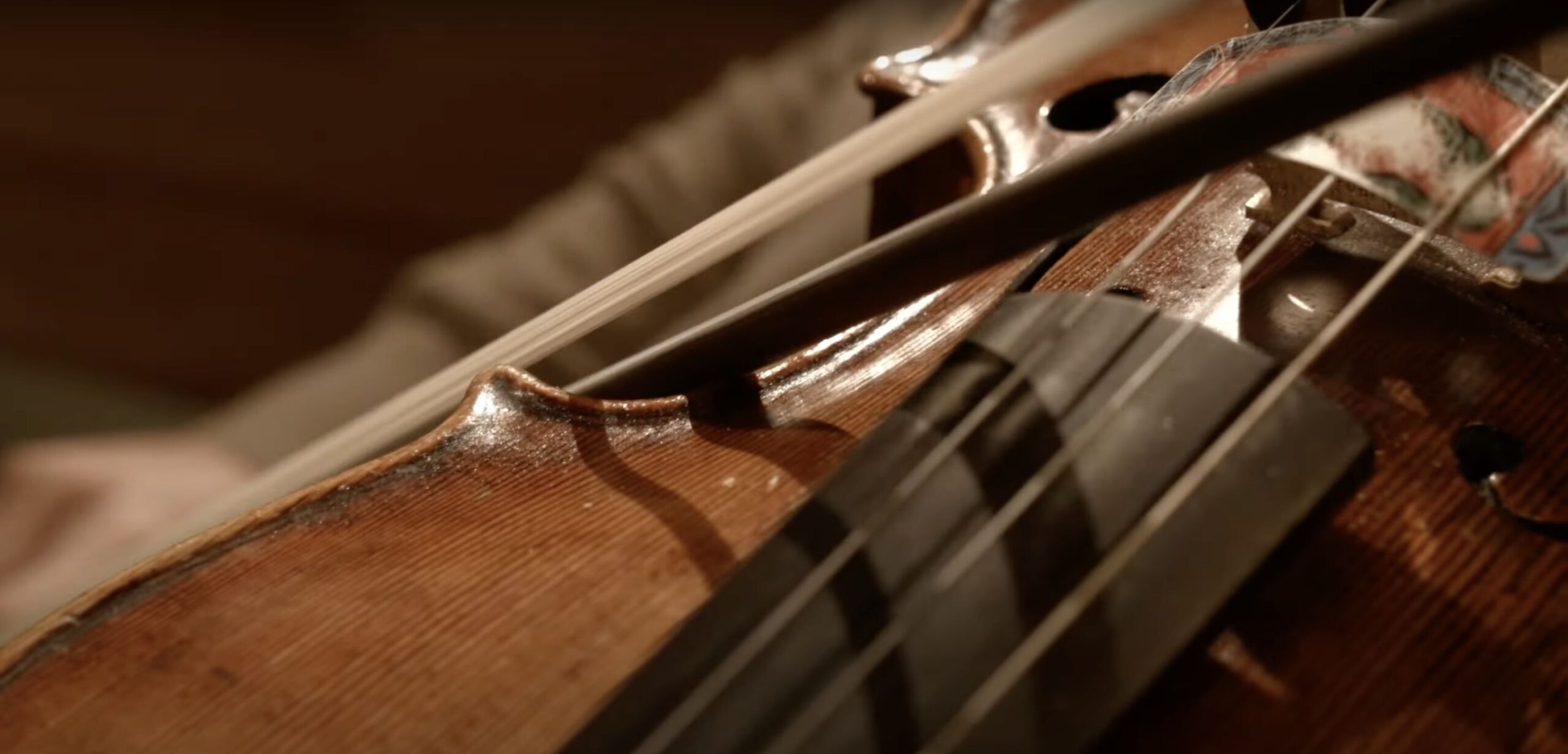
) rinascere sirena (
for string trio (2003/2004, 21′)
The trio was born/reborn from the string quartet that immediately precedes it; from the plural siren to the singular siren, the voices become one, three in one, returning in thought to those voices that the ancients so distinctly heard speaking/singing within them. In the unique multiplicity of their song here the music accepts to expose itself to the attraction and danger of a call that over the centuries has put sailors of every sea to the test. On the one hand the idea of simultaneity, co-presence as a product of a verticality that establishes places and a horizontality that explores them, on the other the possible mediation between the absence of scanning and the hypnotic pulsation, both faces of the same time infinitely extensive in which the sirens would like us to disappear. Cancellation, zeroing, absence, as loss or as overcoming, essence.
The research here focuses on the energy necessary for action, on the different qualities of a single energy that manifests itself in infinite ways; the path of the piece, in suspending the possible development of each individual modality, would like to propose a more direct experience of that energy: by continuously bringing attention from local development to general potentiality, it would like to be reborn every moment. In seeking the nascent state I cultivated the idea of a powerful orientation that calls us from the bottom, the idea of a greater meaning that if we do not constantly renew escapes us.
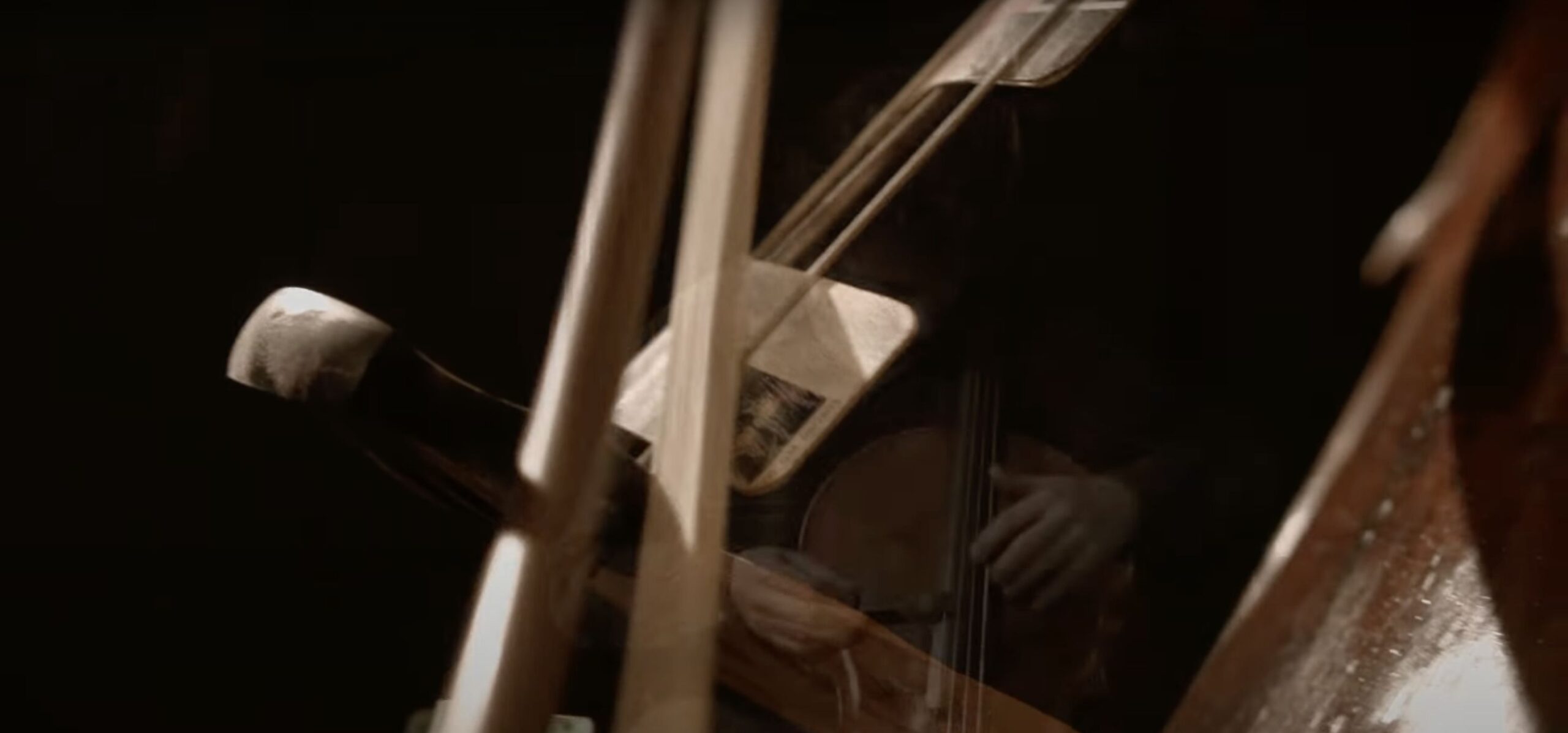
) inoltre (
for two violins (2005/2006, 12′)
Here everything is compressed, it becomes a threshold; furthermore it is inside (in) and beyond (beyond) the quartet’s ensemble: it is the attempt to find a new origin from within, in the sound memory of the instrument itself, a new place of listening; that place is the gushing, the merging of infinite moments emerging into a single current.
Just as when observing a source the gaze is continuously captured by the direction of the descending motion and immediately rises again, my work, especially in this duo, attempts to remain close to the circumscribed “source”, without slipping away along the already marked furrows, more interested in quality of the emerging energy rather than its possible applications. The duo is thought of as a complex unit: prepared instrument and pure instrument, extraneousness and tradition of one and the other, merge in a common articulation that would like to transcend both states.
Coming from a breath collected in the mute, it has also become the continuous attempt to bring a sound material, an acoustic experience that comes from elsewhere, closer to the “tuned world”; if in the quartet and trio the pitches were one of the possible states of the whole, here they become a bridge to the transfigured instrumental tradition. The piece brings the matter to an incandescent state and in its boiling articulations, fragments, nightmares, digressions reappear which in the melting will finally become something else entirely: a violin-voice, a sound/man sacred in his uniqueness, no longer articulated, tense, suspended, on the electric background, extreme, guarded; revealed heart of the cycle which will become the “living head” in the solo cello (tête).
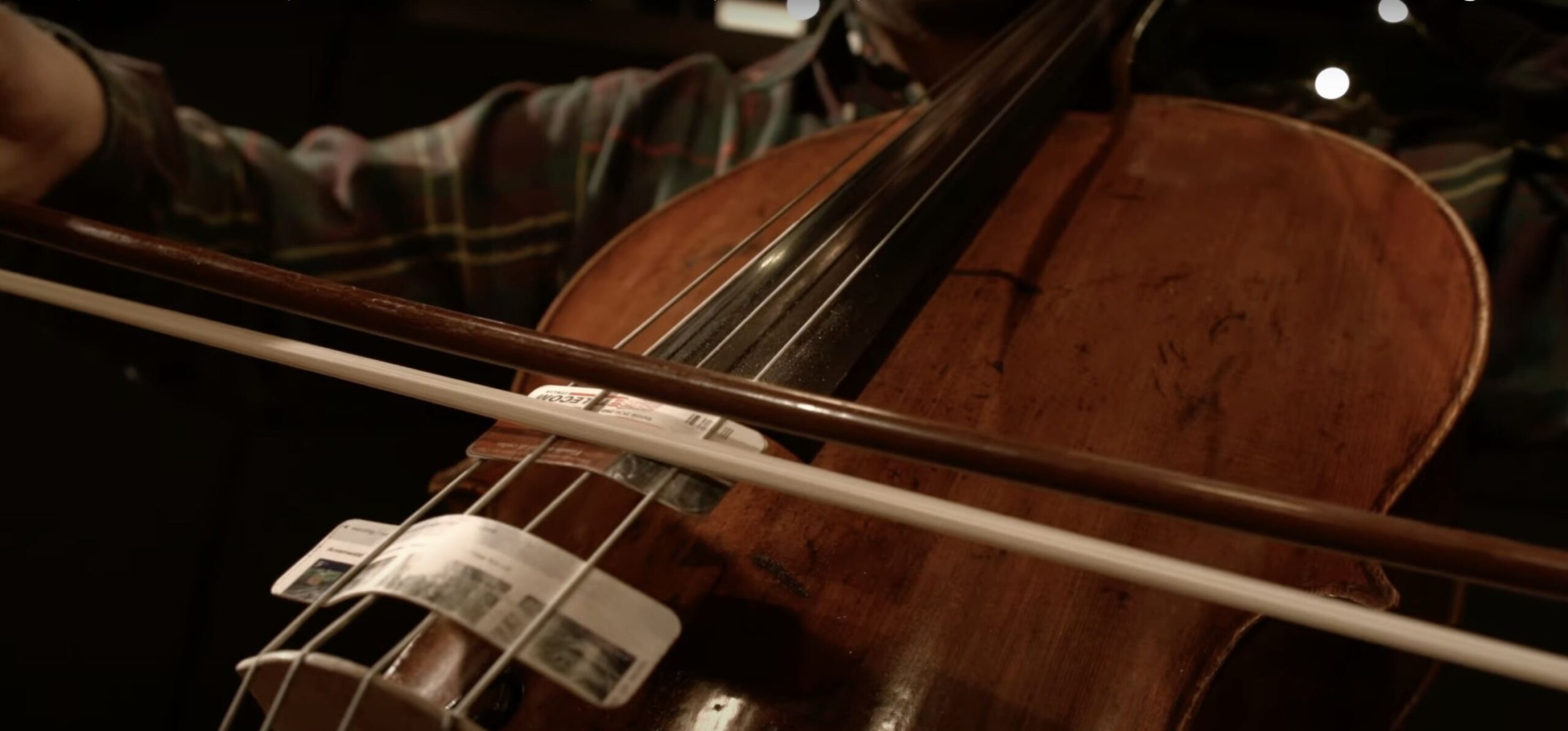
tête
for violoncello solo (witout bow) and pre-recorded voice (2007/2008, 8’)
It could metaphorically be defined as the bridge itself of the entire siege cycle: the shortest, sharpest, most enigmatic piece, in its letting itself be guided by an older voice, perhaps an ancestor, always on the limit between music and word.
The title comes from that head that rests on the concave cliff of the petite place (trois figurines, un tête 1950) by Alberto Giacometti, sculpture and artist who accompanied the poetic elaboration of the entire cycle.
The idea was born precisely from listening to his voice, in an excerpt of just over 2 minutes from an interview, yet another evolving formulation of a thought that forms the backdrop to all his post-surrealist work. Despite the apparent extemporaneousness of the speech, listening to her for me was like encountering an artistic testament that brings together his, mine and the work of anyone interested in art as a tool for transformation. It was like finding the black box, the recording of the extreme load of an experience compressed in the last moments before the definitive caesura.
The absence of the bow seeks, rather than an amputated instrument, a radicalized instrument, the ancestor of the cello in the cello itself: I think of the first musical bows, a string stretched between the two ends of a flexible branch, then the addition of a resonant body and a small metal ring on the string that enriched the sound of a hum, a sibilant ancestor in fact. More than an instrument it was/is an instrumental mouth, a “talking cello”. The music is thus compressed into the limited space of the consonant articulation alone. No vowels, no singing, absence of bow mediation, only the direct contact between the fingers and the instrumental places, beyond the resonance directly towards the “Names”, that ancient word more powerful than even before the syntax, in the acoustic specificity of naming, physically generated.
Giorgio Netti
https://www.giorgionetti.com
mdi ensemble
https://www.mdiensemble.com/
Associazione musicAdesso
https://www.mdiensemble.com/associazione-musicadesso/
Project referent: Paolo Fumagalli, mdi ensemble
paolofumagalli@yahoo.it
+39 3471364439
